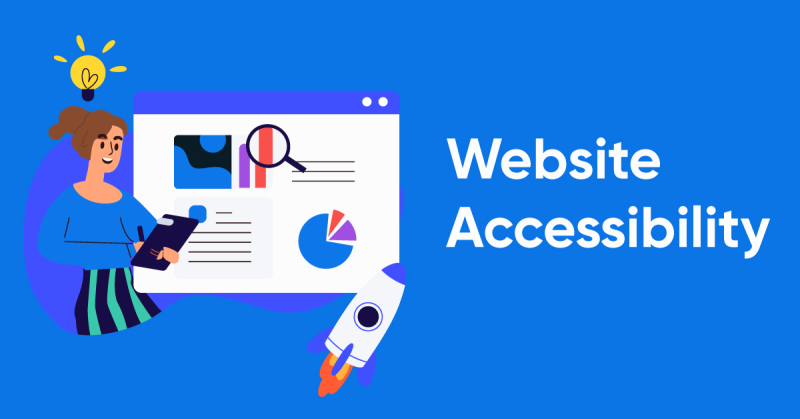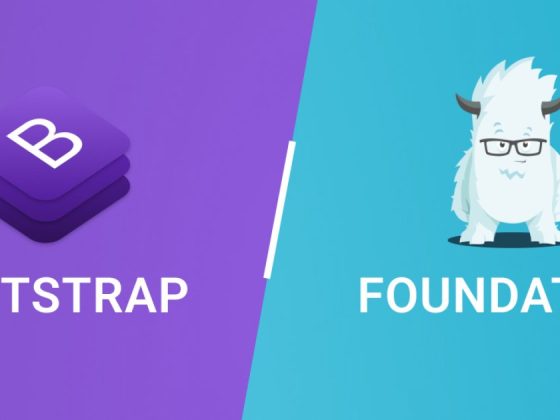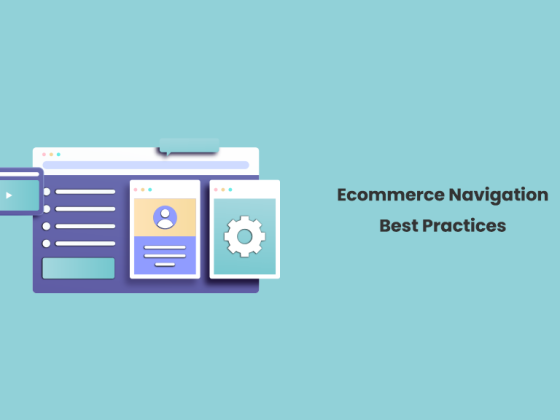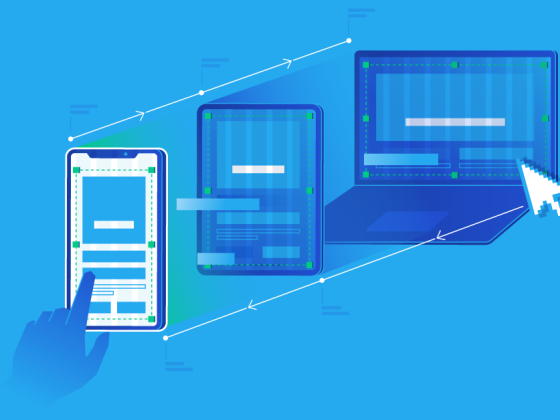Introduction:
In the digital age, the internet has become an integral part of our daily lives, providing information, services, and entertainment at our fingertips. However, not everyone experiences the web in the same way. For individuals with disabilities, navigating and accessing online content can present significant challenges. Recognizing the importance of inclusivity, web accessibility standards have emerged as a crucial aspect of web development, ensuring that websites are usable by people of all abilities. In this article, we will explore the significance of web accessibility, the guidelines that define it, and the best practices for achieving a more inclusive online environment.
Why Web Accessibility Matters:
- Inclusivity: Web accessibility is about making the internet inclusive for everyone, regardless of their abilities. It ensures that individuals with disabilities can access, perceive, and interact with online content effectively.
- Legal Compliance: Many countries and regions have implemented laws and regulations that mandate web accessibility. Non-compliance can lead to legal repercussions, emphasizing the importance of adhering to accessibility standards.
- Wider Audience Reach: By making websites accessible, developers can tap into a larger audience. This not only includes people with disabilities but also older individuals whose abilities may change with age.
- Enhanced User Experience: Accessibility improvements often result in a better overall user experience. Designing with accessibility in mind can lead to cleaner code, faster load times, and a more intuitive interface.
Web Accessibility Guidelines:
To achieve web accessibility, developers adhere to established guidelines. The Web Content Accessibility Guidelines (WCAG), developed by the World Wide Web Consortium (W3C), are the industry standard. They provide a comprehensive set of recommendations for making web content more accessible.
- Perceivable: Information and user interface components must be presented in ways that users can perceive. This includes providing text alternatives for non-text content, offering captions and other alternatives for multimedia, and creating content that can be presented in different ways.
- Operable: User interface components and navigation must be operable. This involves keyboard accessibility, providing users enough time to read and complete tasks, avoiding content that could potentially cause seizures or physical discomfort, and designing navigation that is easy to understand and use.
- Understandable: Information and operation of the user interface must be understandable. This includes legible and readable text, consistent navigation and functionality, and input assistance for users making errors.
- Robust: Content must be robust enough that it can be reliably interpreted by a wide variety of user agents, including assistive technologies. This involves using valid and well-formed code.
Best Practices for Achieving Web Accessibility:
- Alt Text for Images: Provide descriptive alt text for images to ensure that users with visual impairments can understand the content.
- Keyboard Accessibility: Ensure that all functionality is accessible using a keyboard. This is crucial for users who rely on keyboard navigation or alternative input devices.
- Caption and Transcribe Multimedia: Include captions for videos and transcriptions for audio content to make multimedia accessible to individuals with hearing impairments.
- Contrast and Readability: Use sufficient color contrast and choose readable fonts to enhance the readability of text, benefiting users with low vision or color blindness.
- Responsive Design: Create websites with responsive design to accommodate various devices and screen sizes, making it easier for users with disabilities to access content on different platforms.
Conclusion:
Web accessibility is not just a legal requirement; it is a moral and ethical responsibility. As developers, it is crucial to prioritize inclusivity in our digital creations. By adhering to web accessibility standards and implementing best practices, we can contribute to a more equitable online environment where everyone, regardless of their abilities, can participate fully in the digital age.








